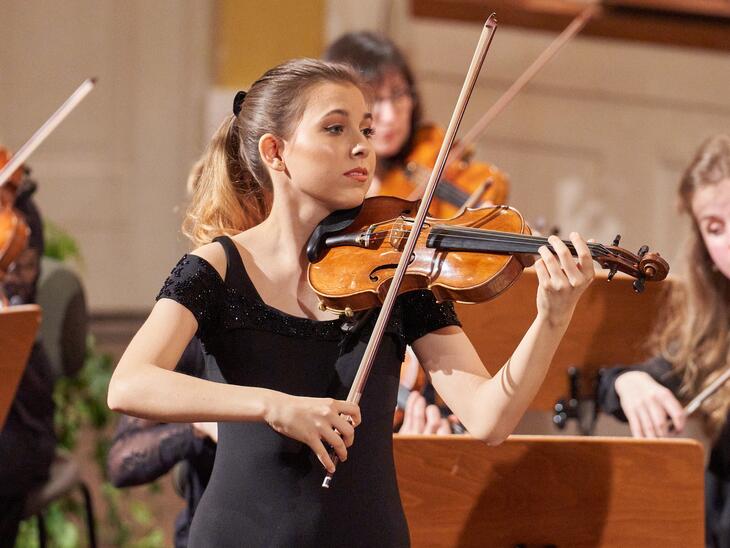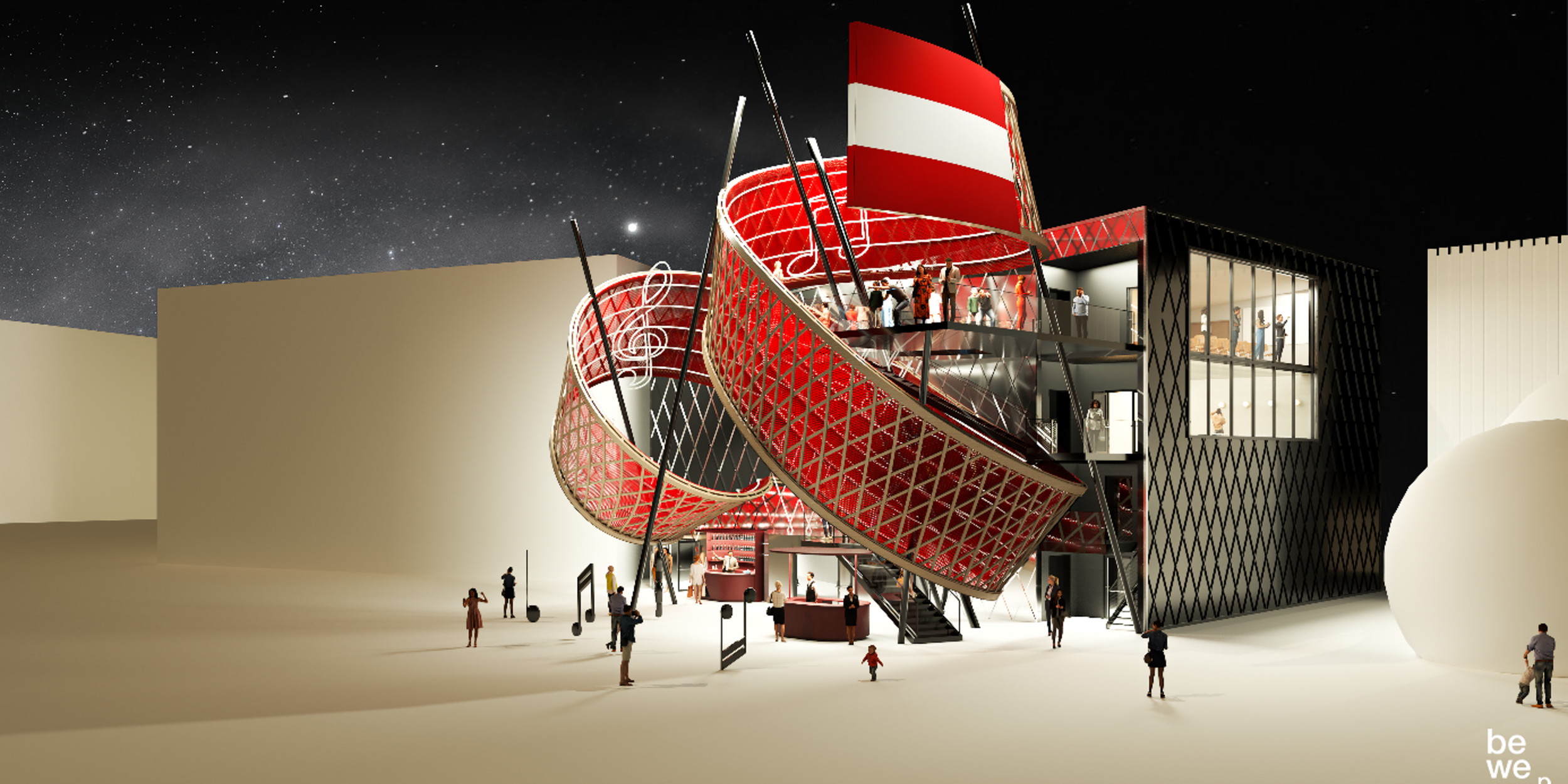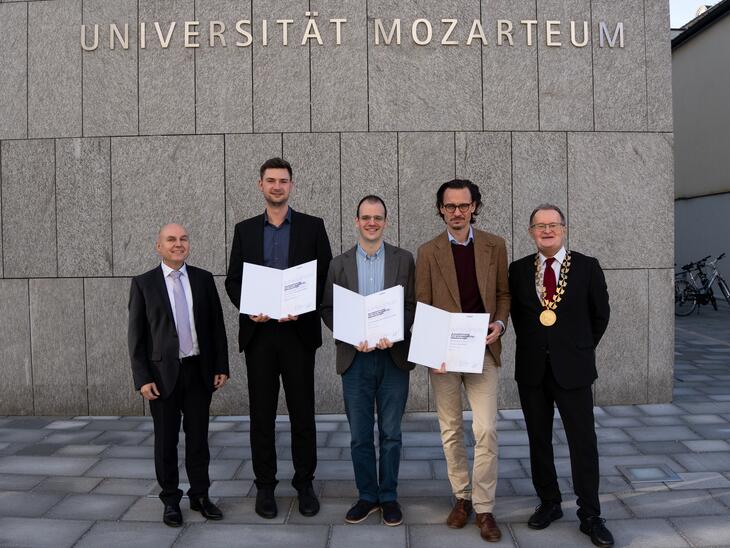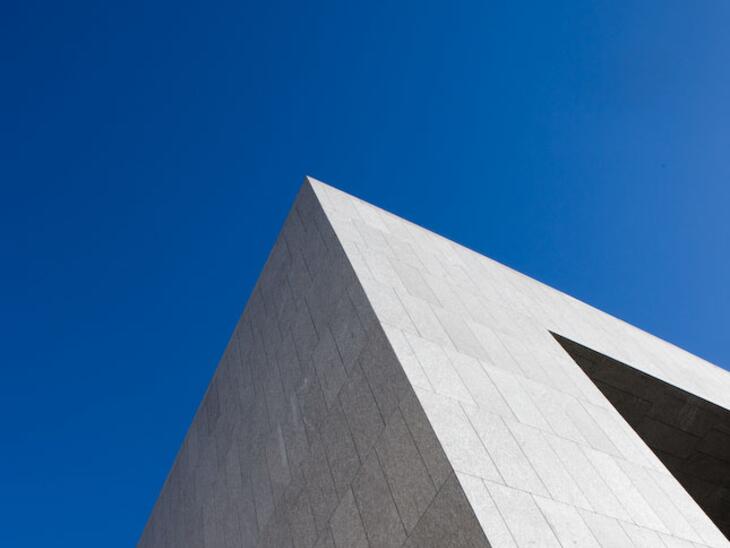In the early days of the 'World's Fair' project, London and Paris in the mid-19th century presented themselves primarily as the economic and civilisational centre of a world of state-of-the-art products and technologies. The monumental Crystal Palace in London (1851) was the landmark of the first international world exhibition. Architecture, culture and focal points became key trademarks. When Vienna presented the great show a good 150 years ago, it was expanded to include new subject areas: in addition to the fetish of "goods", education (school rooms and materials) and women's work (the usefulness of working women) were also of interest. Over time, the world has embraced the exhibition, with the USA, Asia and the Arab world becoming hosts. More and more, the common questions about the present and future of humanity have become the focus of attention.
Despite the great world wars and political reorganisations, the World Expo project has survived, partly because it celebrates the future viability of humanity and gives space to the narrative of diversity and variety - with the potential of a peace project.
In 1970, the World Expo was held in Asia for the first time. Osaka chose "Progress and Harmony of Mankind" as its motto, which could also be understood as a call for peace in the midst of the Cold War between the world powers and the so-called Eastern Bloc, in the final years of the Vietnam War, one year after the legendary Woodstock Festival. Multimedia technology at its best was exhibited, from the fairytale-like to the futuristic. The German pavilion was designed as a spherical concert hall, the only one of its kind in the world, based on an audio-technical concept by the Electronic Studio of the Technical University of Berlin and the ideas of composer Karlheinz Stockhausen. The audience sat in the centre of the sphere and experienced music from 50 loudspeaker groups arranged around it in three dimensions: Beethoven, Bach and contemporary music in a 360° experience. Stockhausen gave live concerts with a high-calibre 19-piece ensemble for over a million visitors during the 180-day exhibition; "Spiral" for a soloist and short-wave receiver, for example, was played more than 1,300 times (according to reporter Golo Föllmer).
Architecturally, the world's fairs always succeed in setting new standards: alongside the Crystal Palace (London) and the huge rotunda of the Vienna World's Fair of 1873, the Eiffel Tower (Paris), Atomium (Brussels), the Space Needle (Seattle) and the Al Wasl Plaza (Dubai), the largest free-standing dome in the world, stand for innovation and design power for the triad: culture, technology, innovation.
In 2025, Osaka will once again host the world's largest exhibition. The motto of EXPO 2025 is "Designing Future Society for Our Lives". The sub-themes Saving Lives, Empowering Lives and Connecting Lives will be negotiated and the entire EXPO will form a People's Living Lab, a laboratory for a future society. This concept responds to the realisation that only a joint participatory approach from all areas of society, from business, research, art/culture and from all societies in the world, can sound out the possibilities and conditions of the future. EXPO 25 invites the global community to join in the exchange of ideas and experiences even before the exhibition begins. The People's Living Lab presents itself:
- A space where 8 billion people from around the world will not only view exhibits but will co-create our future society.
- Even before the Expo begins, an online platform for sharing challenges and solutions from around the world will be launched.
- A place where the world’s knowledge such as cutting-edge technology will be brought together, used to create new ideas, and shared, all to help resolve global issues facing mankind.
Educational and cultural institutions, and universities in particular, are also called upon to take part in the discourse. Every EXPO also offers the opportunity to seismographically observe the state of knowledge and possible courses of action of global players and to seek dialogue. Around 160 nations will take part in the World Expo in Osaka 25, many with their own interpretations and additions to the overall motto. Universities around the world are also involved in the design of some of the pavilions, as well as in the cultural programme.
The motto of the Austrian pavilion is "Composing the Future". The Ministry of Economic Affairs is responsible for Austria's participation and appearance at the world exhibitions. The ROAD to EXPO 2025, initiated by the Chamber of Commerce, combines the shared values of Austria and Japan and seeks to bring the two countries together for a future worth living. In keeping with the motto, one of the main themes is music. A Bösendorfer grand piano will be set up in the first room of the Austrian pavilion, alluding to the grand piano that the Austrian emperor once presented to the Japanese Tennō as a gift during his visit to the Far East. Today, the Viennese manufacturer Bösendorfer is owned by the Japanese company Yamaha, which has secured the production rights in Austria. In addition to music, the Austrian pavilion will place special "notes" on technology, innovation and participation, but outstanding personalities from science and art can also be discovered along the route, and at the end and centre of the pavilion will be one's own creativity and "composition skills". But we won't give any more away here.
Similar to 1970, Osaka 2025 could once again give music a special status. This time perhaps with significant Austrian participation. The development of the Mozarteum, for example, offers a unique and sonorous history that also shows potential for the future: When W. A. Mozart's widow donated the Mozarteum to the bitterly poor city of Salzburg in 1841, it was impossible to foresee what this would mean for the location. The three pillars - archive/musical heritage (Mozarteum Foundation), musical practice (Mozarteum Orchestra) and musical education (today: Mozarteum University) - grew independently and in close collaboration to become globally recognised institutions with excellent reputations. The three Mozarteums formed the basis for Salzburg's unique cultural profile. With two great musical eras, the first and second Viennese Classical periods, Austria has left its mark on music history worldwide, and the Salzburg Festival tells of the power of renewal that emanates from music and culture. Attention World Exhibition!
To be continued.
(First published in the Uni-Nachrichten / Salzburger Nachrichten on 16 March 2024)




